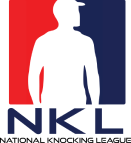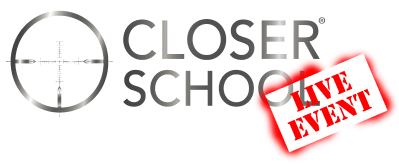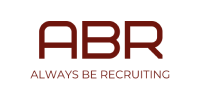Introduction: A Conversation with Brad Lea
Sam Taggart sits down with Brad Lea, founder of Lightspeed VT, to discuss the keys to training and developing sales teams effectively. Brad’s renowned platform powers training for hundreds of companies, including door-to-door giants in solar and roofing. From handling objections to building culture, Brad shares actionable insights that leaders can implement today.
Brad’s Background: From Candy Bars to Industry Leader
Brad’s journey into sales began at six years old, selling candy bars door-to-door. His pitch: “Do you have the number for a good roof repairman? Because when you taste one of these, you’re going to go through the roof!”
- Early success inspired his career in sales.
- Transitioned from selling cars to founding Lightspeed VT, an interactive training platform used by millions globally.
Today, Brad helps businesses scale by training employees effectively and fostering growth cultures.
The Four Pillars of Effective Training
Brad emphasizes that true training requires more than just exposing employees to information. To build a high-performing team, businesses need:
1. Good Content
- Teach the right way to handle objections, sell effectively, and build relationships.
2. Repetition
- People learn by hearing and practicing repeatedly.
- “When they can lip-sync your training content, that’s when it’s starting to work.”
3. Practice
- Create opportunities for employees to hone their skills in low-pressure environments, such as virtual simulations.
4. Accountability
- Track progress to ensure knowledge is retained and applied effectively.
“Training isn’t something you did. It’s something you do.”
Training Best Practices for Sales Leaders
1. Build Value Early
If prospects hesitate, revisit the basics. As Brad notes, “If they don’t know if they need it, you didn’t build enough value.”
- Ask Better Questions: Understand their pain points.
- Communicate Value Clearly: Ensure your product or service outweighs the perceived cost.
2. Handle Objections Effectively
Brad’s framework for objections:
- Identify the Real Issue: Don’t settle for false objections.
- Isolate the Problem: Use hypothetical solutions to uncover the true barrier.
- Leverage Logic and Common Sense: Guide prospects using relatable scenarios and clear solutions.
Example:
- Objection: “I need to sleep on it.”
- Response: “Trust me, your bed is more comfortable than your roof. Let’s get this done so you can sleep easier.”
3. Create a Culture of Continuous Improvement
- Use leaderboards and competitions to drive engagement.
- Implement a structured training system to develop leaders from within.
- Incorporate personal and team development into daily operations.
Leadership Development: Lessons from the Field
Three T’s of Management
- Train: Equip your team with the tools they need to succeed.
- Tolerate: Address poor performance immediately to prevent complacency.
- Terminate: Don’t allow underperformance to disrupt the team.
“What you tolerate becomes the standard.”
Developing Strong Leaders
Insights from the Achievement Framework emphasize:
- Aligning team goals with company objectives.
- Setting clear expectations and measuring performance.
- Prioritizing leadership development to ensure sustainable growth.
Motivating Sales Teams: Practical Tips
1. Build a Strong Culture
- Foster camaraderie and competition among team members.
- Create a shared sense of pride and ownership in results.
2. Reward Performance
- Recognize achievements with visible incentives like awards or bonuses.
- Celebrate wins to reinforce desired behaviors.
3. Embrace Accountability
- Use tools like Lightspeed VT to track training engagement and outcomes.
- Hold leaders and reps to high standards, ensuring everyone contributes to team success.
Scaling with Technology
Brad emphasizes the importance of leveraging technology to streamline training:
- Interactive Platforms: Simulate real-world scenarios for reps to practice skills.
- Custom Content: Tailor training to align with company-specific needs.
- Data-Driven Insights: Use tracking and analytics to identify gaps and opportunities for improvement.
“By the time you’re done building it yourself, you’ll end up with a video online. That’s not training. You need a system.”
Sales Tips: Closing Like a Pro
1. Overcome Fear
- Approach prospects with confidence. “Don’t anticipate negativity. Believe in your product and act like you’ve already closed the deal.”
2. Master Objection Handling
- Example Framework:
- Objection: “I need to think about it.”
- Response: “What specifically do you need to think about? Let’s address it together right now.”
3. Practice Makes Perfect
- Build confidence through repetition and roleplay.
- Simulate objections and responses to prepare reps for real-world scenarios.
Conclusion: Invest in Training to Win
Brad Lea’s message is clear: effective training and leadership development are the keys to scaling any business. By focusing on good content, repetition, practice, and accountability, companies can:
- Improve performance.
- Reduce turnover.
- Build a winning culture.
“Train, tolerate, or terminate. But don’t tolerate mediocrity.”






















